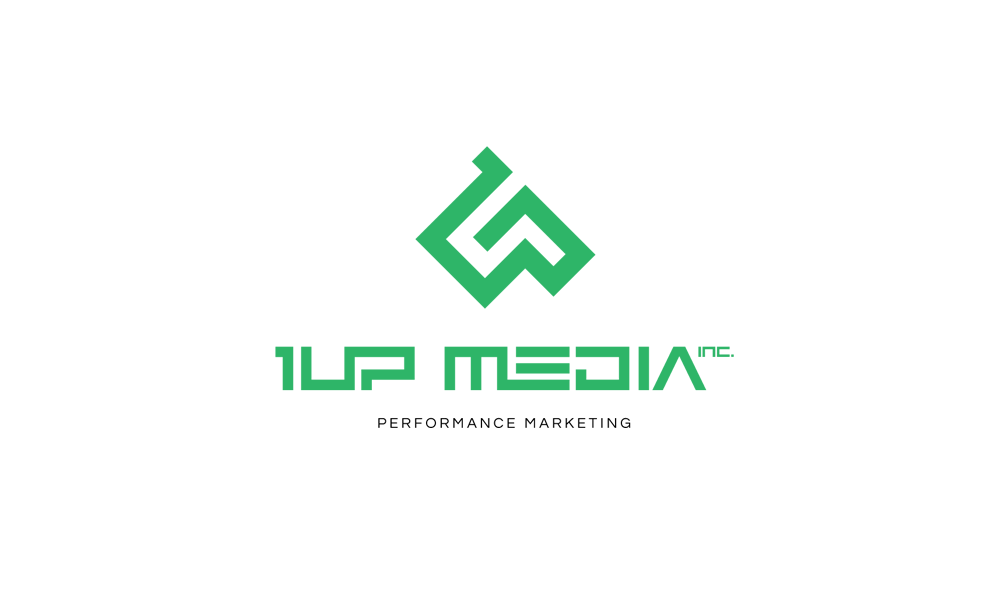Every seasoned marketer knows the thrill of watching a campaign take flight—clicks climb, shares roll in, and the blog’s latest white paper racks up downloads. Yet when budget season arrives, the finance team often greets those proud performance charts with polite nods and furrowed brows. “Impressions are great,” they say, “but show me the cash.” In too many organizations, marketing reports in sessions and rankings, while finance demands cash flow and net present value (NPV). That disconnect breeds mistrust, stalls investments, and leaves content initiatives stranded in the gap between “nice-to-have” and “must-fund.”
At 1UP Media, we believe content deserves a place on the balance sheet—alongside machinery, patents, and inventory. To earn that seat, marketing must learn to speak the language of finance: rigorous forecasts, depreciation provisions, and reconciled P&Ls. This article explores how to craft KPIs that resonate with the CFO, drawing on the URL Ledger™ framework to translate sessions into dollars, campaigns into capital allocations, and decay into depreciation schedules.
Why Marketing Metrics Fall Short
Imagine presenting a slide deck filled with charts that show “25 % month-over-month traffic growth” and “1 500 organic keywords ranking.” It looks compelling—until the CFO asks, “What drove our cash flow last quarter?” Suddenly, those metrics feel like art rather than science. Here’s why traditional marketing KPIs often fail to bridge the divide:
Vanity vs. Value
Metrics like impressions, clicks, and downloads measure activity, not impact. A thousand extra visits mean little if they don’t convert into trials, subscriptions, or renewals.Timing Mismatch
Marketing feels calendar-driven: campaigns launch on schedule, metrics reset at month’s end. Finance lives in accruals and forecasts, where revenue recognition follows service delivery and contract terms.Opaque Cost Structures
Marketing budgets blend content creation, ad spend, agency fees, and headcount. Finance wants to see clear cost-of-goods-sold (COGS), depreciation schedules, and maintenance reserves.Untracked Depreciation
Content decays—traffic erodes, rankings slip, cannibalization sets in. Yet few teams record “content depreciation expenses,” so losses remain hidden until performance tanks.
To align with finance, marketing must adopt a content-as-capital mindset. That means redefining KPIs around cash flows, risk-adjusted forecasts, and balance-sheet entries. The URL Ledger™ offers a practical roadmap.
From Sessions to Cash Flow: The Content P&L
At the heart of finance is the profit and loss statement: revenue in, costs out, net contribution. We apply the same principle to content with a Content P&L—a QuickBooks-style ledger that recognizes:
Revenue Contribution
Each URL’s fair value is calculated as visits × conversion rate × average deal size × margin. That number plugs directly into your revenue line, giving finance a tangible figure rather than a session count.Maintenance Costs
Editorial hours, hosting fees, SEO tooling subscriptions—these become cost-of-goods-sold (COGS) for content. Break them out in your P&L and show exactly what it costs to generate and sustain digital assets.Depreciation Expenses
Just as machinery wears down, content depreciates through decay and cannibalization. The URL Ledger™ fits an exponential decay model to each page’s historical data, computes a decay constant (λ), and logs a monthly depreciation entry:bashDr. Content Depreciation Expense $X Cr. Accumulated Depreciation – Content $XRecovery Credits
When you refresh a page—adding new data, merging cannibal clusters, or rebuilding links—the resultant revenue uplift posts as a Content Recovery Credit, mirroring an asset revaluation gain.
By presenting these line items in a familiar P&L format, marketers shift from abstract bragging to concrete reporting. Finance sees content investments behaving like capital expenditures (CapEx) with scheduled write-downs and measurable payoffs.
Forecasting Value with Risk-Adjusted Scores
CFOs don’t fund projects based on gut feel—they examine risk-adjusted returns. In the content world, risk comes from two main sources:
Decay Risk Premium
How fast will this page’s yield erode? A λ of 0.02 per week carries less risk than 0.05. Pages with lower decay constants earn higher risk-adjusted scores.Cannibalization Debt
When multiple URLs compete for the same intent, they share authority. The URL Ledger™ uses natural-language embeddings to measure cosine-similarity between pages. Scores above 80 % trigger a “cannibal collision” flag, estimating the revenue drag.
Combine these factors into a Moody’s-Style Credit Grade—AAA for evergreen flagships, BBB for solid performers with manageable risks, CCC for high-volatility trend pieces. Present that grade alongside a projected Internal Rate of Return (IRR) and finance will immediately grasp the asset’s profile:
“Our ‘2025 CRM Forecast’ guide carries a BBB rating, projecting a 12 % IRR over 12 months with an expected depreciation of 4 % per quarter.”
That conversation moves from marketing-speak to finance-speak in a heartbeat.
Building the Bridge: Shared Dashboards and Syncs
Knowing what to measure is only half the battle; you must also share the right data in the right place. A few practical steps:
Integrated Dashboard
Create a live dashboard—within your BI tool or embedded in NetSuite/QuickBooks—showing Content P&L line items, credit grades, and forecast vs. actual performance. Finance loves real-time visibility into cap table movements, and marketing gets a platform to justify spend.Scheduled Syncs
Automate weekly exports from the URL Ledger™ into your ERP. Tag each entry with account codes:6000 – Content Revenue
6200 – Content COGS
6500 – Content Depreciation Expense
6550 – Content Recovery Credit
Joint Reviews
Invite finance and marketing to a monthly “Content Capital Committee.” Review top risers and fallers in credit grade, discuss upcoming refresh schedules, and agree on budget reallocations.
By weaving content metrics into finance workflows, you erase the silo and foster true cross-functional ownership.
A Tale of Two Dashboards
Consider two companies—Alpha Tech and Beta Corp—each investing $200 000 per quarter in content.
Alpha Tech tracks sessions and rankings in a marketing dashboard. They rarely consult finance, and by year-end they see flat leads despite a 30 % increase in traffic.
Beta Corp adopts the URL Ledger™. They log revenue contributions, depreciation expenses, and recovery credits in their ERP. Each month, finance reviews content asset movements and approves targeted refresh budgets. By year-end, they report a 25 % increase in content-driven revenue, a 15 % lower content maintenance cost, and a clear path to double their NPV in 18 months.
The difference? Beta Corp spoke the CFO’s language, built shared dashboards, and treated content like capital. Alpha Tech remained in marketing’s echo chamber.
The First Steps to Alignment
You don’t need to overhaul your entire tech stack overnight. Start small:
Pilot with a Cluster
Choose a content cluster—say, your flagship “Marketing Automation” series. Run those URLs through the URL Ledger™, calculate fair values and decay constants, and log one quarter of depreciation in your books.Share a Mini-P&L
Present the results in a concise memo to finance:Revenue Contribution: $45 000
Depreciation Expense: $12 000
Recovery Opportunities: $18 000 potential uplift
Demonstrate Recovery Success
Execute 2–3 high-impact refreshes or merges. Show recovered revenue and updated credit grades within 60 days.
Once finance sees cash on the table, you’ll have budget and support to expand the program.
Speaking the Same Language, Driving Unified Growth
Bridging the marketing–finance divide transforms how your organization views content: from a series of isolated campaigns to a strategic portfolio of digital assets. By adopting KPIs that speak CFO—revenue-line contributions, depreciation schedules, and credit-grade forecasts—you earn the trust (and budget) of your finance partners.
The URL Ledger™ offers a turnkey solution: live Content P&L syncs, Moody’s-style risk grades, and QuickBooks-ready journal entries. It’s not just a tool; it’s the common language that unites siloed teams and drives growth with transparency and rigor.
Ready to Align with Finance?
If you’re tired of the “nice-to-have” conversation and want to secure your place on the balance sheet, take the next step:
Book a Live Demo
See the URL Ledger™ in action—watch credit grades update in real time, depreciation curves animate, and recovery playbooks generate prioritized tasks.
Schedule My DemoRun Your Free 60-Second URL Ledger Audit
No forms, no commitment—paste your domain and get an instant report on your content’s fair values, decay rates, and credit-grade distribution.
Try the URL Ledger Audit
When marketing and finance speak the same language, your content portfolio becomes a powerhouse of predictable, compoundable growth—quarter after quarter.


No comment yet, add your voice below!